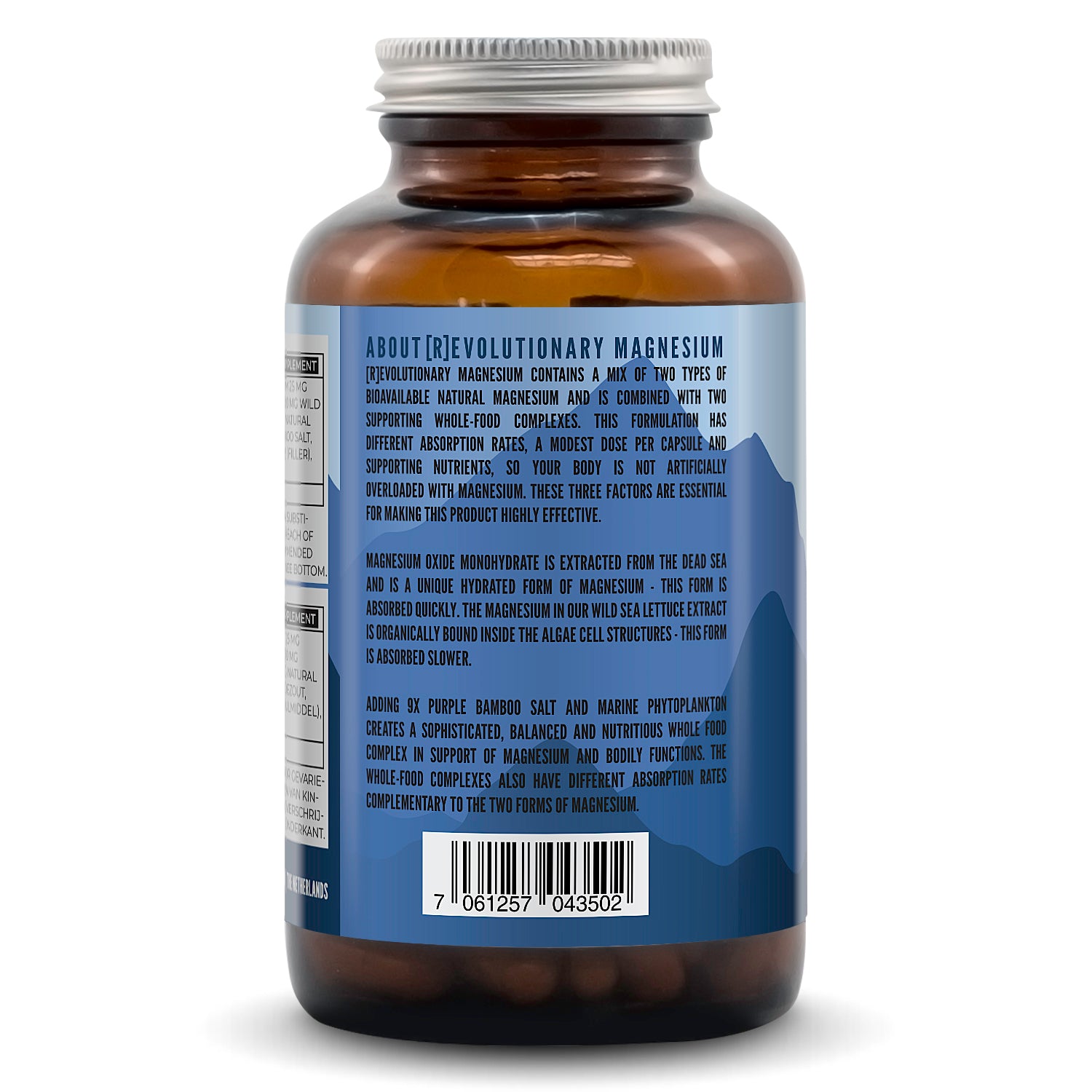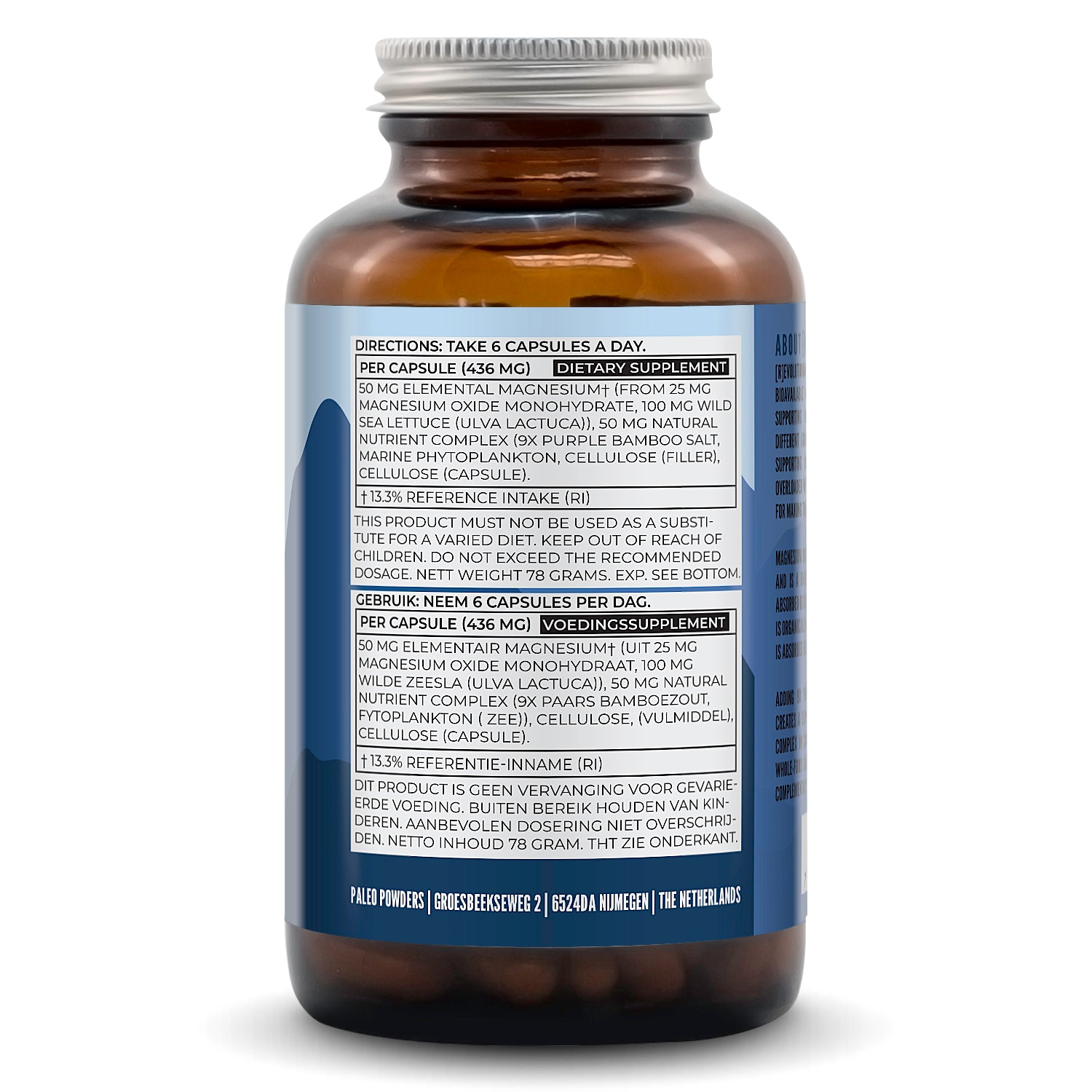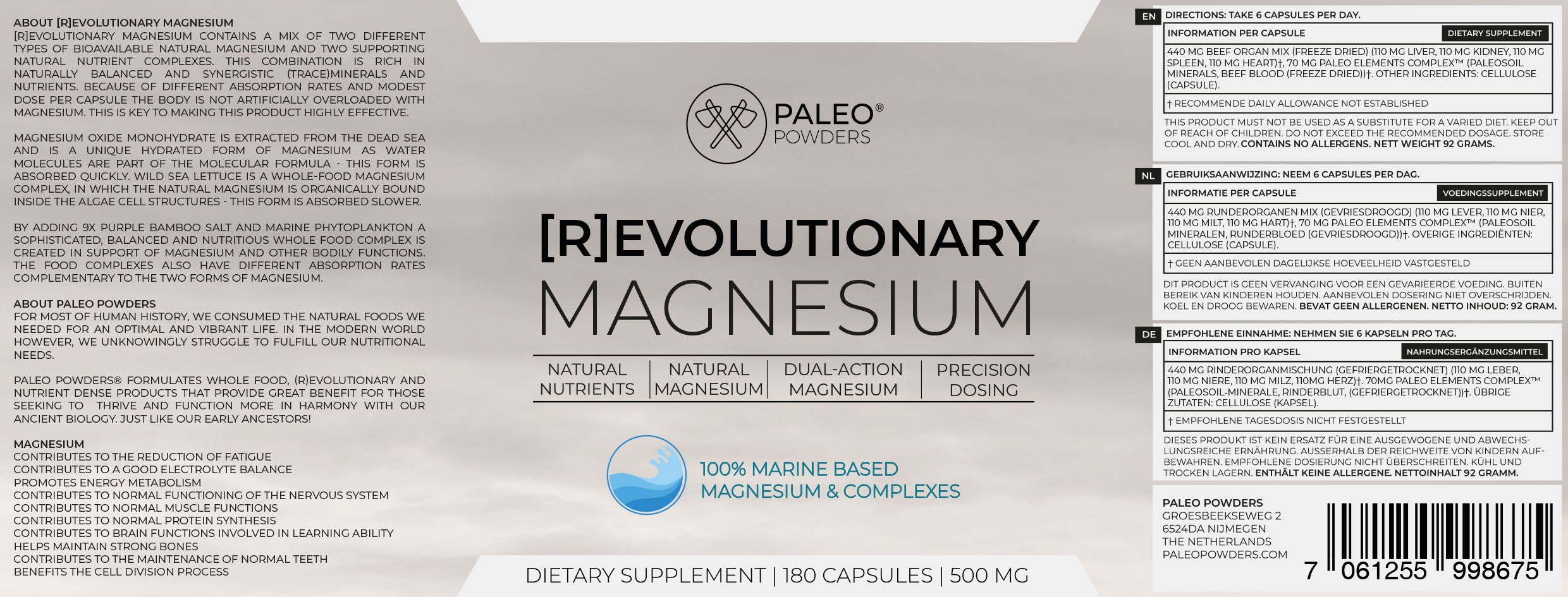
Upgrade your knowledge, part 3 - Vitamins
Essential nutrients
Vitamins are organic compounds that are essential for growth, maintenance and proper functioning of the body. Just like the macronutrients proteins, carbohydrates and fats, the micronutrient vitamins are indispensable for the body. Vitamins generally cannot be synthesized or cannot be sufficiently synthesized in the body and must therefore be obtained from food or supplementation.
Vitamins are therefore called essential nutrients. They regulate numerous biochemical processes in the body. Relatively small quantities are required for this. However, without the presence of these tiny substances, our body cannot function properly. A good vitamin status in the body requires a very healthy and varied diet and good absorption capacity of the body.
Vitamins have always been essential for life
It appears that vitamins were essential to life from the very beginning some four billion years ago. Early life forms could make their own vitamins. Certain species, including humans, later lost that ability. Various organisms therefore became dependent on each other for vitamins. This created a complex flow of molecules that scientists have called 'vitamin traffic'. Vitamins are perhaps the most well-known and historical examples of biological molecules involved in intracellular traffic.
The primordial soup of life
Research has also been done in the ocean, the primordial soup of life. It has been discovered that some microbes produce organic growth factors that other organisms use. Vitamins are also found in the ocean, although they are difficult to detect. Oceanographers wonder why vitamins exist in the ocean. For example, why are they more common in one part than in another? And why is a certain vitamin common at a certain latitude?
Presumably, in areas where picomolar concentrations of vitamins are present, certain organisms are auxotrophic for those vitamins, but still require them. Auxotrophy means that an organism does not have the biosynthetic pathway needed to make the vitamin itself and is therefore dependent on other organisms that can do it. In any case, the scarcity of vitamins in some parts of the ocean and their dynamic variation are important reasons for further research into vitamin traffic.
Living cells
Every vitamin is made by living cells. For example, vitamin D is produced in our skin when sunlight comes into contact with a precursor of cholesterol. Making a vitamin is often an extremely complex process. In some organisms, as many as twenty-two different proteins are needed to make a vitamin B12 molecule. While a protein may consist of thousands of atoms, a vitamin may consist of only a few dozen atoms. And yet, despite their small size, vitamins ensure that more is possible biochemically in our bodies. For example, vitamins work together with proteins to create reactions that proteins alone cannot evoke. For example, vitamin B1 helps proteins remove carbon dioxide from molecules.
Universal chemistry in all living things
Vitamins facilitate biochemical reactions not only in our own body, but in all living organisms: bacteria, fungi, plants, people. This universal chemistry is probably the result of evolution. Once the ability to make vitamins was developed, some species became particularly good at it. For example, plants evolved into vitamin C factories with plenty of vitamin C in their leaves and fruit. Initially, plants probably used vitamin C to defend themselves against stress - a function it also fulfills in other species, such as humans. Over time, the vitamin took on new tasks in plants, such as helping to ensure that fruits develop.
These evolutionary developments usually take hundreds of millions of years, but they can also take place faster. Our own ancestors only needed thousands of years to change their production of vitamin D. As humans left equatorial Africa and spread to higher latitudes, the sun was lower in the sky and provided less ultraviolet light. By developing lighter skin, Europeans and Asians of the time also retained the ability to produce vitamin D.
Vitamins have become essential
Nowadays people can hardly make the vitamins they need to stay healthy. Our ancient ancestors could synthesize some vitamins themselves, such as vitamin C. However, they lost that ability. People have also become auxotrophic for the vast majority of vitamins. We lack the biosynthetic pathways in our body to synthesize the vitamins and therefore must obtain vitamins from external sources. That makes them essential substances.
Burden of proof for the existence of vitamins
The first evidence for the existence of vitamins and the fact that they are essential came to light at the end of the 19th century in the work of the Dutch physician Christiaan Eijkman. In 1890, his laboratory chickens developed a nervous disease (polyneuritis). This disease was similar to polyneuritis due to the deficiency disease beriberi. He proved in 1897 that the polyneuritis was caused by the chickens' inadequate diet, namely polished rice. The disease disappeared when he gave the animals unpolished rice.
Additional factors
In 1907, British biochemist Sir Frederick Gowland Hopkins noted that animals could not synthesize certain amino acids. He also concluded that macronutrients and salts alone were not sufficient for good growth. In 1912 he published his findings on missing nutrients, which he then described as 'additional factors', the later vitamins. For this work he received the Nobel Prize for Physiology or Medicine in 1929, together with Christiaan Eijkman.
Vital factor or vital amines
During the same period, a Polish scientist Casimir Funk had a similar theory based on animal research. According to him, polyneuritis would also arise due to a lack of a vital factor in the feed. Funk believed that certain human diseases, such as beriberi, scurvy, and pellagra, were also caused by deficiencies in these same biochemicals.
Because each of these substances contained a nitrogen atom known as an amine, Funk named the compounds "vital amines." He later shortened this term to 'vitamins'. The final e was later dropped (in English it became 'vitamins'), when it was discovered that not all vitamins contain nitrogen and therefore not all are amines. Ultimately, this vital factor could be isolated for the first time in 1926 and was given the name vitamin B, now B1.
Water and fat soluble
Vitamins are referred to by letters of the alphabet and by chemical names, such as niacin and folic acid. Biochemically, two groups can be distinguished, the water-soluble vitamins (these are mainly found in the moisture of foods; vitamins B1, B2, B3, B5, B6, B8, B11, B12 and C) and the fat-soluble vitamins (mainly in the fat of foods). ; vitamins A, D, E and K). We know a total of thirteen vitamins. The body cannot store water-soluble vitamins and excretes excess. Fat-soluble vitamins are more difficult to excrete if there is a surplus.
Regulators of biochemical reactions
Vitamins regulate all kinds of biochemical processes in the body, such as the endocrine system and metabolism. Where macronutrients - fats and carbohydrates - are used directly as fuel for energy metabolism and proteins are converted into amino acids as building materials, these metabolic processes are largely regulated by vitamins. If a vitamin is not present, it can block specific metabolic processes in a cell and can ultimately disrupt metabolism in a cell and in the entire organism.
Catalyzing function of water-soluble vitamins
With the exception of vitamin C (ascorbic acid), all water-soluble vitamins have a catalytic function; that is, they function as coenzymes or cofactors of enzymes involved in energy transfer or in the metabolism of fats, carbohydrates and proteins. They are therefore important for the release of energy from food and for the formation of building blocks for body tissues.
Fat-soluble vitamins for cell membranes
Fat-soluble vitamins also have diverse functions in the body. Some fat-soluble vitamins are part of the structure of cell membranes or help maintain the stability of cell membranes. Other fat-soluble vitamins function at the genetic level by regulating the synthesis of certain enzymes.
Interactions
Vitamins and vitamins and other nutritional components interact with each other. The interactions can be synergistic or mutually reinforcing, or antagonistic, for example due to overlapping metabolic or protective functions. Certain vitamins also depend on the presence of other vitamins in their effectiveness.
Nutrition and vitamin needs
Vitamins are not uniformly present in foods. For example, vitamins A and D3 are only found in animal foods. For example, beta-carotene, which can be converted into vitamin A in the body, is only synthesized in plants. Both plant-based foods - vegetables, fruit, nuts - and animal foods are therefore important natural sources of vitamins for humans. The more restrictive an individual's diet, the more likely they are to miss out on certain vitamins.
All vitamins are synthesized from food after ingestion into the body. Processing of food reduces the amounts of vitamins. Loss of vitamins can also occur when food is cooked. The amount of vitamins that humans need is difficult to determine. Factors such as age, living environment, load, (environmental) stress and gene polymorphisms can all have an influence. The recommended daily amounts of vitamins take into account individual variation and normal environmental stress. In certain situations, vitamin supplementation may be a good idea. We are happy to advise you.











